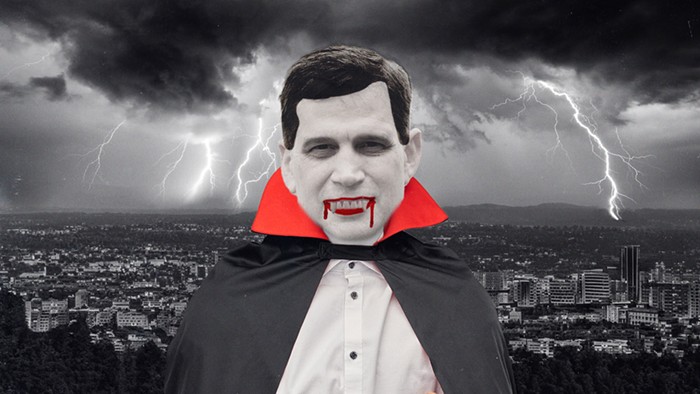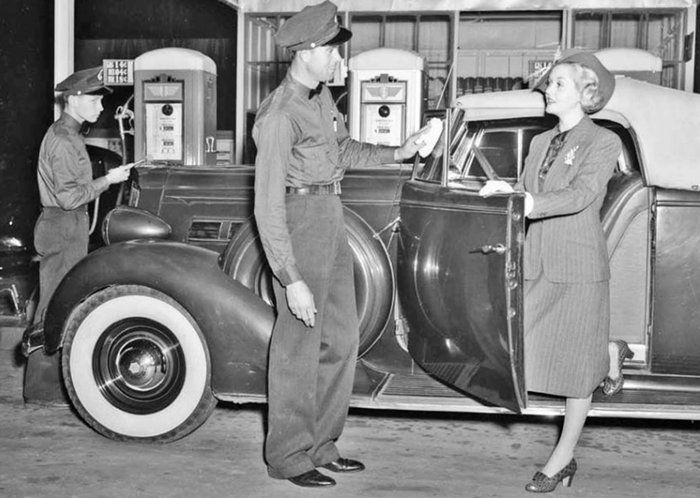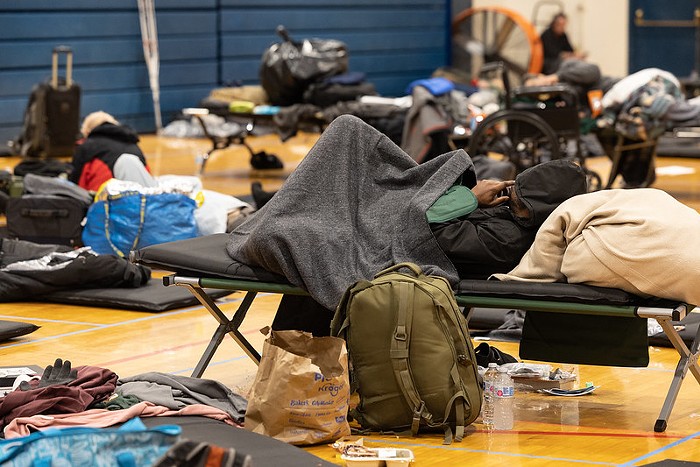In an effectively organized 500 pages, Michael Azerrad tracks the development of the indie scene from the earliest DIY impulses of Black Flag to the well developed network of indie bands, labels, promoters, and zines at the turn into the '90s. He tracks the stylistic development from hardcore punk to the more pop inflected music of Hüsker Dü, The Replacements, the divergence into noise by Sonic Youth, and the emergence of grunge with Mudhoney in Seattle. At the same time, he looks at various regional scenes in chapters devoted to seminal bands: The Minutemen in SoCal, Mission of Burma in Boston, and Beat Happening in Olympia.
The deeper subject of this book is the relationship between culture and counterculture. Without a mainstream culture to react to or be alienated from, there is no underground culture. As the counterculture spreads, it both evolves and becomes diluted, until ultimately the mainstream culture co-opts and markets the diluted residue. Azerrad follows a particular band in each chapter and examines the contradictions inherent in this dynamic.
As one of its core aesthetics, indie rock holds onto the idea that orthodoxy stifles creativity. Yet the hardcore scene, which started with bands like Black Flag and the Minutemen--bands that rejected the anglophile, fashion-conscious, and played out LA punk scene of the late '70s--engendered their own orthodoxy. One had to look a certain way, sound a certain way, and espouse certain political and social attitudes to fit in, otherwise you weren't hardcore enough to matter. This punker-than-thou orthodoxy is an aesthetic trap that bands like Black Flag and Fugazi struggled with throughout their careers.
Another contradiction Azerrad explores is the conundrum of success. These bands started out as grass roots, us-against-them enterprises, and then have to deal with the contradiction of being critically and commercially successful. Many of the bands broke up over this issue; some band members inevitably wanted to sign with a major label and capitalize on their underground success, while other band members wanted to maintain street cred by rejecting any move towards the mainstream.
The end point of Azerrad's narrative is the ascension of Nirvana's Nevermind to the top of the Billboard pop chart, where it displaced Michael Jackson. With Nirvana on Saturday Night Live, they were riding a buzz so widespread and loud that they were no longer underground in any meaningful sense of the term. The whole indie movement lost the insularity, the communal feeling of Us Against Them. A lot of the energy either drained away into ever more obscure pools of deliberately inept musicianship, or it went public, signed with a major label, and accepted the big money and the trappings of professionalism that came with it.
Now we're left with the sludge that inhabits the alt-rock format on FM radio. Rock and roll is at a moment of stasis, the genre feels played out, and we're all waiting for the next big thing to invent itself. Azerrad makes the case that indie rock mattered, in spite of the fact that the music business eventually co-opted punk and blandly spit it back out as Blink 182. It mattered because people changed their lives to further the ideals of community and creativity that were central to the DIY philosophy that punk birthed. This is the perfect moment for a book like Azerrad's, a look back at the grass roots energy that indie rock infused into rock and roll.














